READY TO GET STARTED?
REQUEST A FREE ESTIMATE
Fill out the form below or call (888) 466-7849 for a free, no-obligation estimate.
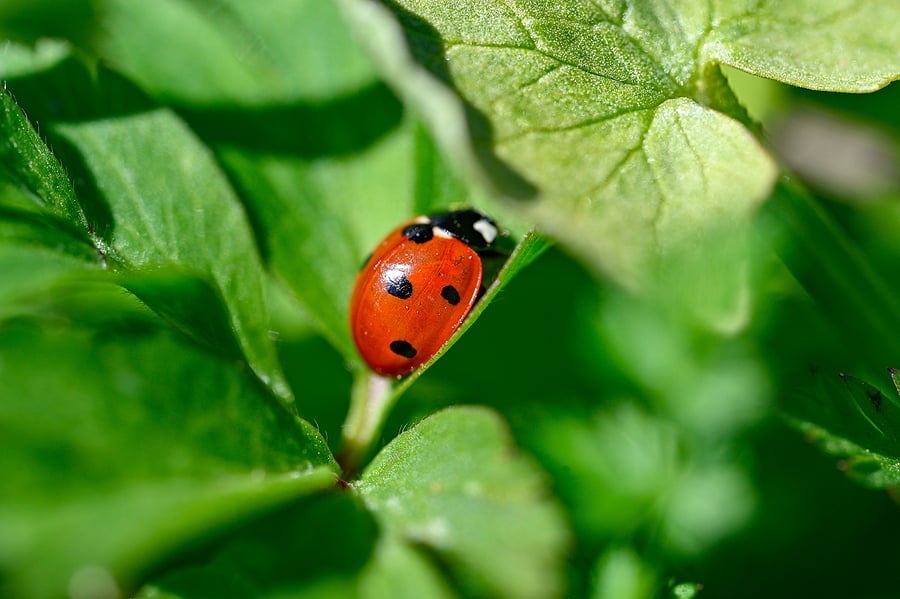
There are over 5000 species of ladybugs worldwide. These insects, also known as ladybird beetles or lady beetles, are common throughout North America. Their appearance varies depending on the species; colors can range from red to orange and they can have spots, stripes, or even no pattern on their dome shaped bodies.
Ladybugs are harmless to humans and are even considered to be good luck in some cultures. They are beneficial to have around as they eat aphids and other plant-eating pests. While they are harmless to us, they can stain walls and furniture in your home and give off an odor.
Ladybugs are most active from spring to fall. Once the weather cools off, they will search for warm, isolated places to overwinter, such as rotting logs, under rocks, or inside our homes. When the weather warms up again, they will emerge from their hiding spots, seemingly taking over the homes they infested.
You can get rid of ladybugs by:
If you have an issue with ladybugs or other household pests, contact your local pest control company for a free evaluation.
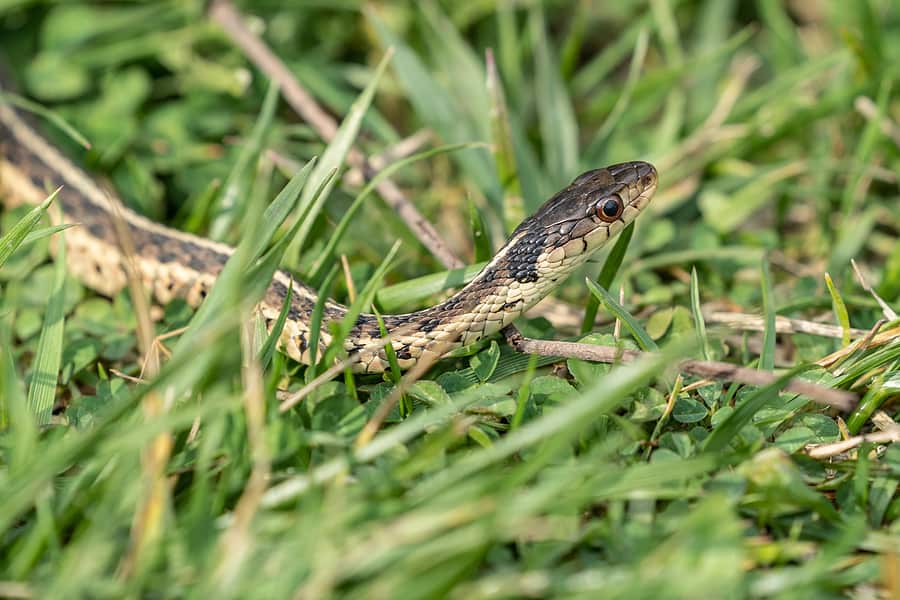
Warm weather means it’s the time of year when snakes are active, emerging in search of food and to bask in the sunlight for warmth. Although most snakes you encounter are nonvenomous, there are a few venomous snakes in Georgia. While many people may not enjoy running into a snake near their home, they can be quite beneficial to have around. Snakes eat other problematic pests that commonly infest your home, such as rodents, making them a natural form of pest control. If the thought of a snake sharing your space still makes you uneasy, try these DIY snake repellent methods to keep your yard snake free.
A frequent ingredient in many commercial snake repellent products is napthalene. It is one of the most widely used repellents. If you don’t want to buy a commercial product, napthalene is the major component of moth balls. The odor of napthalene annoys snakes but does not kill them. Mothballs should be placed in any holes, gaps, or crevices on your property where snakes could be an issue. If moth balls are consumed, they can be toxic and dangerous to children or pets, so use caution or avoid using them if you have pets or children in your home.
Powdered sulfur is an excellent snake repellent. If you sprinkle powdered sulfur around your home and property, snakes will avoid it since it bothers their skin. Because sulfur has a strong odor, wear a mask that covers your nose and mouth when applying it.
Clove and cinnamon essential oils are powerful snake repellents. For best efficacy, combine these ingredients in a spray bottle and spray directly on snakes. Caution is advised because snakes frequently run in the opposite direction of the spray. This mixture can also be used as a fumigant in a diffuser.
Garlic and onions contain sulfonic acid, which repels snakes (the same chemical that makes us cry when we slice onions). For maximum effectiveness, combine this with rock salt and sprinkle around your home and yard. Infuse garlic into any essential oil and use to fumigate rafters, basements, and other difficult-to-reach areas.
Because snakes dislike the odor of ammonia, spraying it over any frequented locations is one alternative. Another approach is to soak a rag in ammonia and place it in an open bag near snake-infested areas to keep them away.
Vinegar repels snakes near bodies of water, particularly swimming pools. For a natural snake deterrent, pour white vinegar around the perimeter of any body of water.
Mix lime with hot pepper or peppermint and sprinkle it around the perimeter of your home or property as a snake deterrent. Snakes dislike the fragrance of the mixture, and the fumes irritate their skin.
Snakes consume rodents, frogs, birds, moles, voles, insects, and even fish. If these food sources are removed, the snakes will move on in search of another source.
Inspect the exterior of your home and property carefully and repair any cracks or holes you find. Repair any gutters, plumbing, or ventilation ducts that are damaged. Repair or replace any damaged window and door screens. Snakes will also seek refuge in wood piles and garbage piles. Store firewood in sealed, lockable wood boxes if possible. Remove any heaps of wood chip mulch, straw mulch, leaves, or other debris that may have accumulated on your land.
Garden on a regular basis to remove any snake attractants such as debris, holes, and overgrowth. Keep the grass short to eliminate snake hiding areas. Install snake-proof fencing consisting of steel mesh, plastic sheeting, or a capture net. If you do put up fencing, make sure it is flush with the ground, oriented outward, and at least 3 feet high and 4 feet deep. You can also use things that snakes find difficult to slither over, such as holly leaves, pine cones, egg shells, and gravel. Planting snake repellent plants, which provide a natural deterrent, is another option. Marigolds, lemongrass, and wormwood are some typical examples.
If these DIY methods aren’t working or you just feel more comfortable with professional help, contact your local pest control company for a quote on snake removal services.
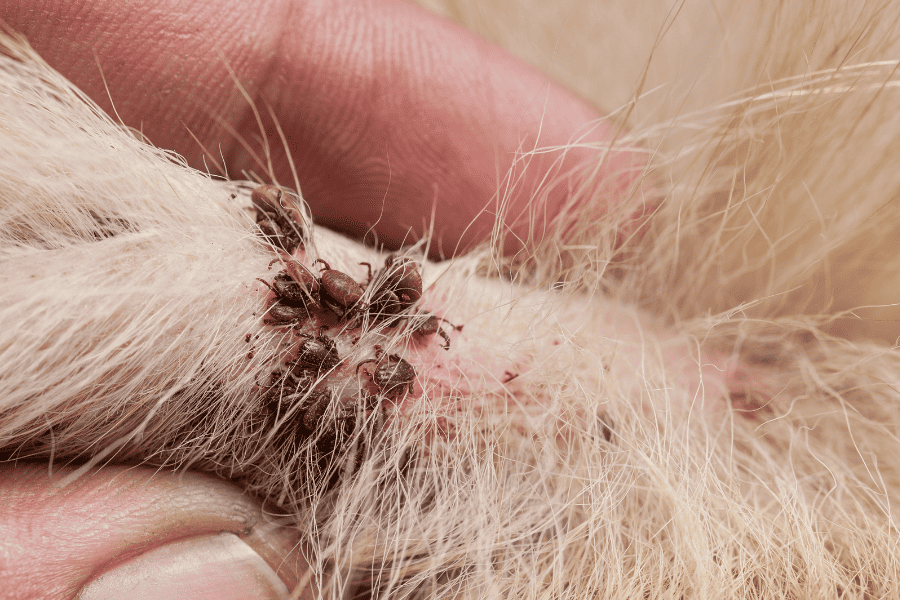
Fleas and ticks are two of the most common pests that can be found in your yard or home. While both can be harmful to humans and pets, they are different in many ways. Let’s compare ticks and fleas and learn how to prevent them from infesting your yard or home.
Ticks are small, arachnid parasites that feed on the blood of animals, including humans. They are often found in wooded or grassy areas and can transmit diseases such as Lyme disease and Rocky Mountain spotted fever. Fleas, on the other hand, are small, wingless insects that also feed on blood. They are commonly found on dogs and cats and can transmit diseases such as tapeworms and murine typhus.
You can prevent ticks by:
You can prevent fleas by:
Fleas and ticks can be a nuisance and a health risk for both humans and pets. Ask your local pest control company for a customized plan to keep your property free from ticks and fleas!
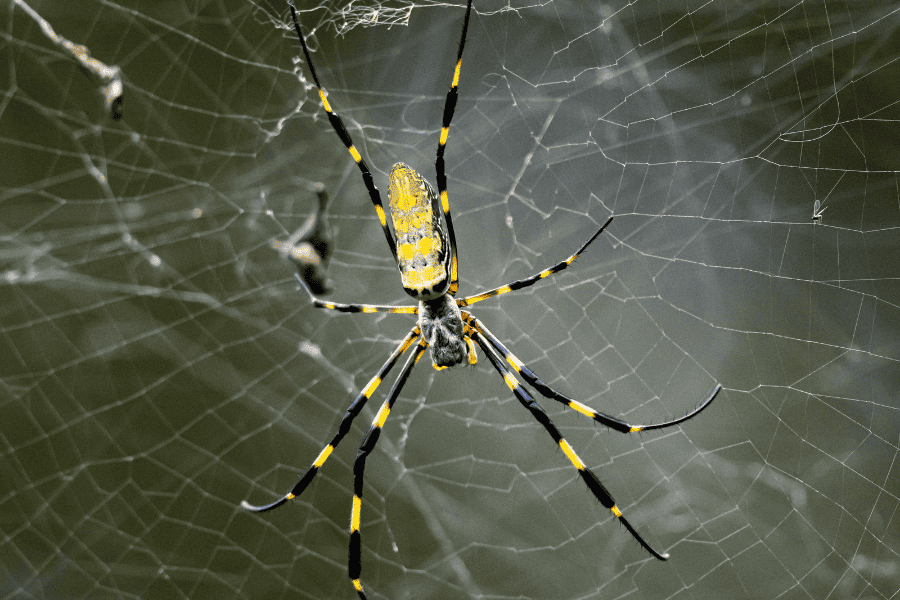
Summer is a season that brings with it many joys, such as longer days and warmer weather. Unfortunately, it also brings a variety of pests that can invade your home and make life unpleasant. Let’s discover some common summer pests and share tips for preventing them.
Ants are one of the most common pests found in homes during the summer months. They are attracted to sweet, sticky substances and can quickly become a nuisance if they find a food source in your home.
Mosquitoes are another common summer pest that can be a serious health concern. They can carry diseases such as West Nile virus and Zika virus, so it’s important to take steps to prevent them.
Ticks are small, blood-sucking pests that can transmit diseases such as Lyme disease and Rocky Mountain spotted fever. They are often found in wooded areas but can also be found in your yard if you have tall grass or brush.
Bees and wasps are important pollinators, but they can also be a nuisance and a health concern.
To prevent bees and wasps, keep your trash cans sealed and dispose of food scraps properly. If you have a nest on your property, call a professional to remove it rather than attempting to do it yourself.
Spiders are often found in dark, damp places like basements and crawl spaces. They can be beneficial by eating other pests, but some species can be dangerous if they bite.
If you have a pest problem that you can’t control on your own, contact your local professional pest control company for a customized summer pest prevention plan!
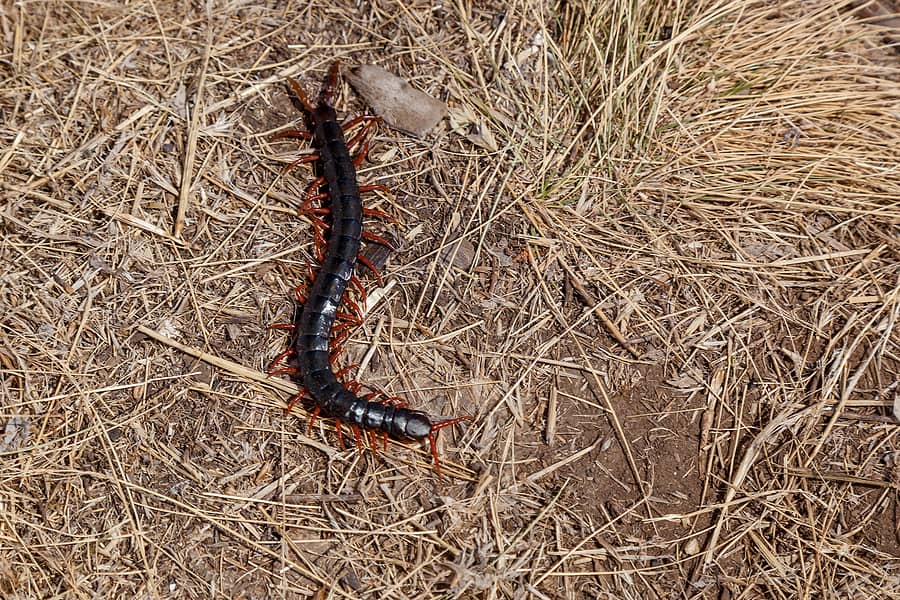
Centipedes are one of the most common household pests. Reaching lengths of 1 to 2 inches, these creepy looking critters also have 15 sets of legs. While it can be startling to find one in your home, they aren’t harmful to humans. They don’t carry disease, don’t damage homes, and don’t consume human food. They will, however, bite if they feel threatened, although this is rare.
Centipedes can be very beneficial to have around. In fact, they are considered a form of natural pest control. They feed on other pests, such as roaches, spiders, termites, and ants.
Centipedes come into our homes in search of dark, humid environments in which they thrive. They will also seek access to food sources (like other pests commonly found in your home).
Get rid of centipedes in your home by:
If you have a problem with centipedes or any other household pests, contact your local pest control company for an evaluation.
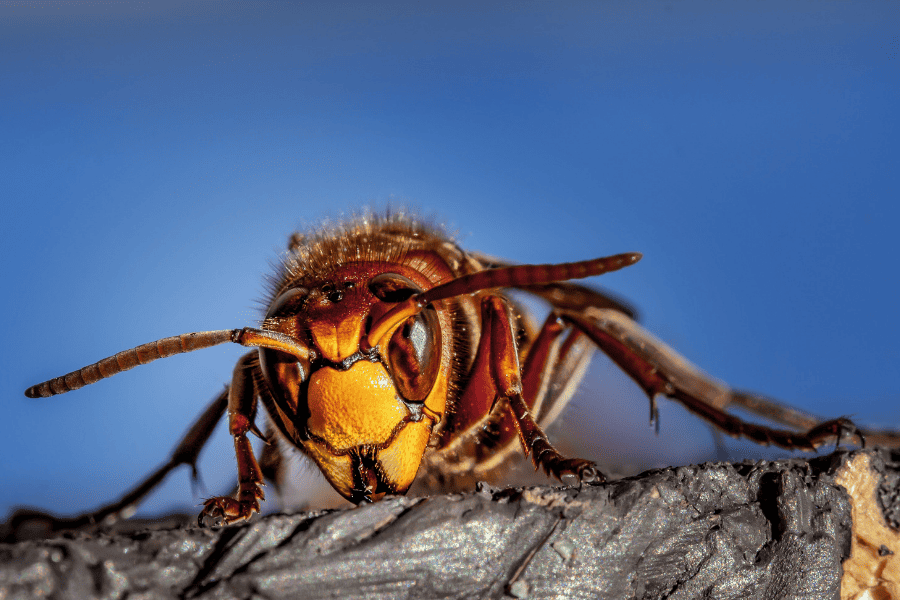
When it comes to stinging pests, there are a few common culprits that people encounter: wasps, hornets, and bees. While these insects may look similar, they have distinct characteristics that set them apart. Understanding the differences between them and knowing what to do if you encounter one can help you stay safe.
Wasps are slender, black, and yellow insects with smooth bodies and narrow waists. They are social insects that live in large nests with multiple females. While they are not typically aggressive, they will defend their nests if they feel threatened. Some species of wasps, like yellow jackets, can sting multiple times and their stings can be painful and potentially dangerous for those with allergies.
Hornets are larger than wasps and are usually black with yellow or white markings. They have a distinctive, round body shape and are known for their powerful sting. Like wasps, hornets are social insects that live in large nests. They can be aggressive if they feel their nest is being threatened, and their sting can be particularly painful.
Bees are typically plumper and fuzzier than wasps and hornets and are usually brown or black with yellow markings. Unlike wasps and hornets, bees are not naturally aggressive and will only sting if they feel threatened. Bees are important pollinators and play a vital role in our ecosystem.
If you encounter a stinging insect, it’s important to stay calm and avoid swatting or provoking it. If you are near a nest, move away slowly and quietly. If you are stung, remove the stinger by scraping it with a flat object like a credit card, wash the area with soap and water, and apply a cold compress to reduce swelling.
If you have a severe allergic reaction to a sting, seek medical attention immediately.
By understanding their behaviors and taking precautions to avoid them, we can coexist safely. If you have a problem with a nest or infestation, it is best to call your local professional pest control company for safe removal.
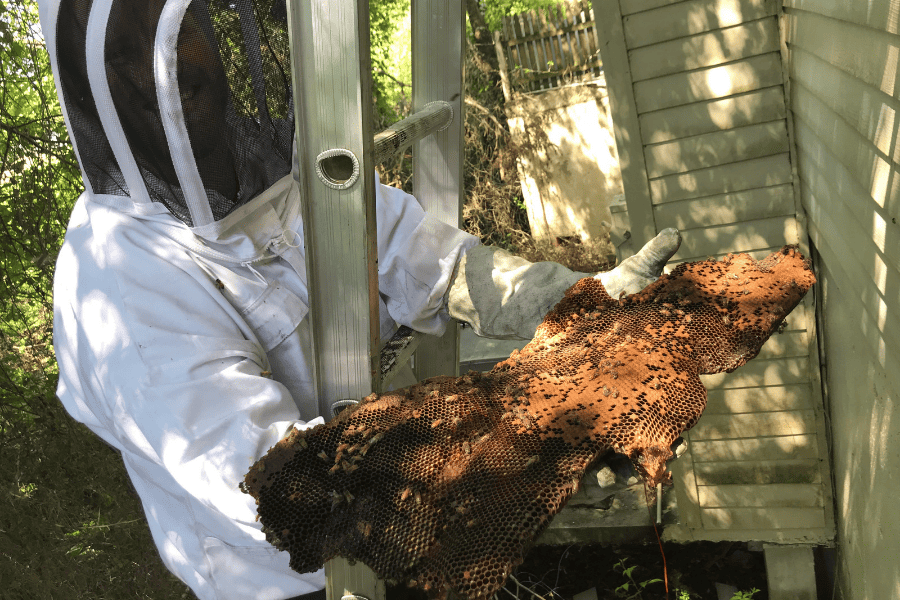
Do you know what it takes to become a qualified beekeeper? In the state of Georgia, there are many different levels of skill and knowledge needed when it comes to beekeeping. The minimum requirements include at least one year of beekeeping experience, a written and practical test, and participating in lectures, and that’s just for the bottom tier certification. It’s a process to become someone wholly trusted to care for the honeybee population. It requires the utmost attention and care to continue their important job. Luckily, Northwest has teammates that continue to prove how important their career in pest control is to them.
Let’s meet Northwest’s Honeybee Experts:

Curt has been with Northwest since 2010, with his last 3 years working as the Quality Assurance Trainer and Inspector with our Learning and Technical Services team. Curt currently keeps his own honeybees, so he has extensive knowledge in making sure they are properly cared for. More recently, Curt is a Certified Beekeeper and has also received a newly required license for the State of Georgia that allows him to safely remove honeybee colonies that are in any structure or home.
Curt believes that it’s important to ensure the success of honeybees while also educating our customers and teammates on the importance of these pollinators. He continues to strive for Northwest to be the go-to for honeybee relocation services in the state of Georgia.

Rob is currently our Wildlife North Branch Manager and is also a certified Beekeeper. He is a big advocate of the newly required Georgia license that ensures a safe removal process for honeybees and has also received that in the past year. The removal process can sometimes be stressful for the colony, so having the proper qualifications and resources to ensure their safety is key.
A fun fact about Rob is that he has his own honeybee farm and utilizes the honey that he receives from his bees. Rob began his farm as a place to take any removals performed on the job and ensure they were properly cared for after being safely relocated. He likes to think of the care for honeybees as an ever-evolving science project. The idea that you can safely and correctly remove them from their colony and into a new location and still thrive fascinated him.
Rob is proud of Northwest for making sure its teammates have access to the proper equipment and training needed to safely care for honeybees. He can’t wait to see how big of an impact we can truly make!
At Northwest, we take pride in knowing that we can bring awareness to an important topic that is near and dear to our hearts. We’re grateful for teammates like Rob and Curt who take the time to learn more about a service and how it can positively impact our local communities. If you believe you have a bee colony on your property that needs to be safely relocated, give your licensed honeybee removal company a call!
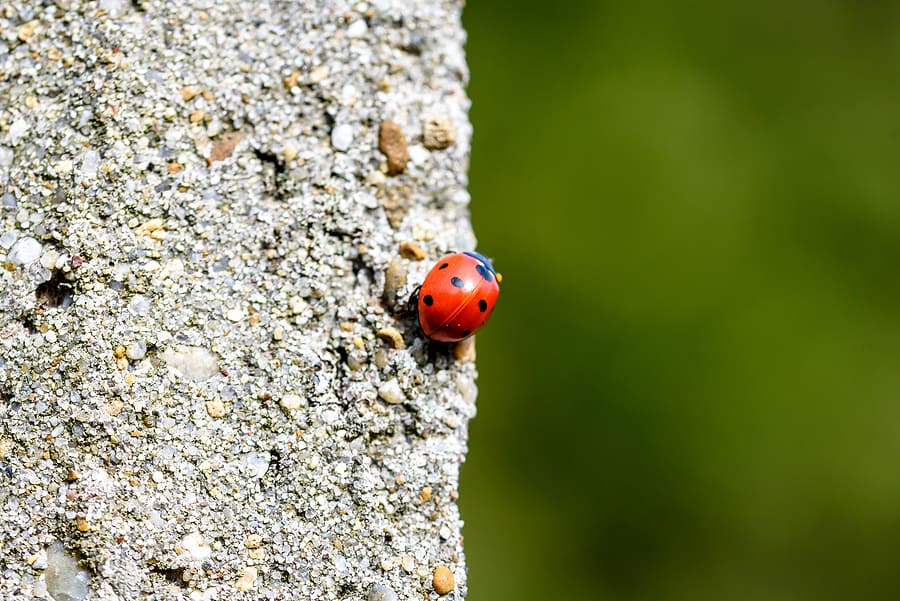
During the spring and fall you will often see an influx of ladybugs in your home. While they don’t pose a real health threat to you, they can stain carpets, upholstery, and walls. Why are these pests invading your house and how can you get rid of them?
Ladybugs will make their way indoors in the fall to overwinter in the warm shelter of your home. Once inside, they will hide until the warm weather of spring comes back around. It is at this time they will reemerge to try and return outdoors to reproduce.
Once inside, you will often find them clustered together in the corners of attics and basements or near doors and windows, especially those with large amounts of light. Once they make their way indoors, ladybugs will release a pheromone that signals other ladybugs to follow them.
Although they aren’t harmful, ladybugs can be a nuisance, especially when they invade in large numbers. You can prevent ladybugs by:
If your DIY efforts are futile or you just want the help of a professional, contact your local pest control company for an analysis.
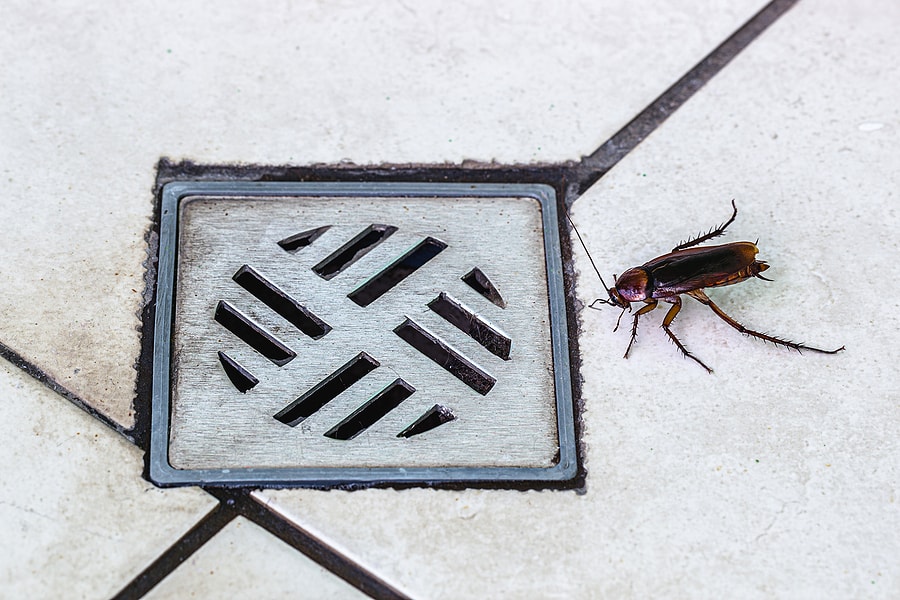
It’s quite common to see an influx of roaches after a heavy rain. American cockroaches and Oriental cockroaches are commonly found outdoors. Heavy rain flushes them out of sewers and other hiding spots and sends them scurrying for a dry place to escape, often inside your home. Once inside, they’ll seek out dark, warm, moist hiding spots to take refuge. Cockoaches can be quite a problem when they infest your home. They contaminate any surfaces they touch and can trigger allergies and asthma. What can you do to keep these pests out of your home after a rain? Here are 10 roach prevention tips to utilize this season.
If you implement these roach prevention tips and still have a problem with roaches or any other household pests, contact your local pest control company for an evaluation.